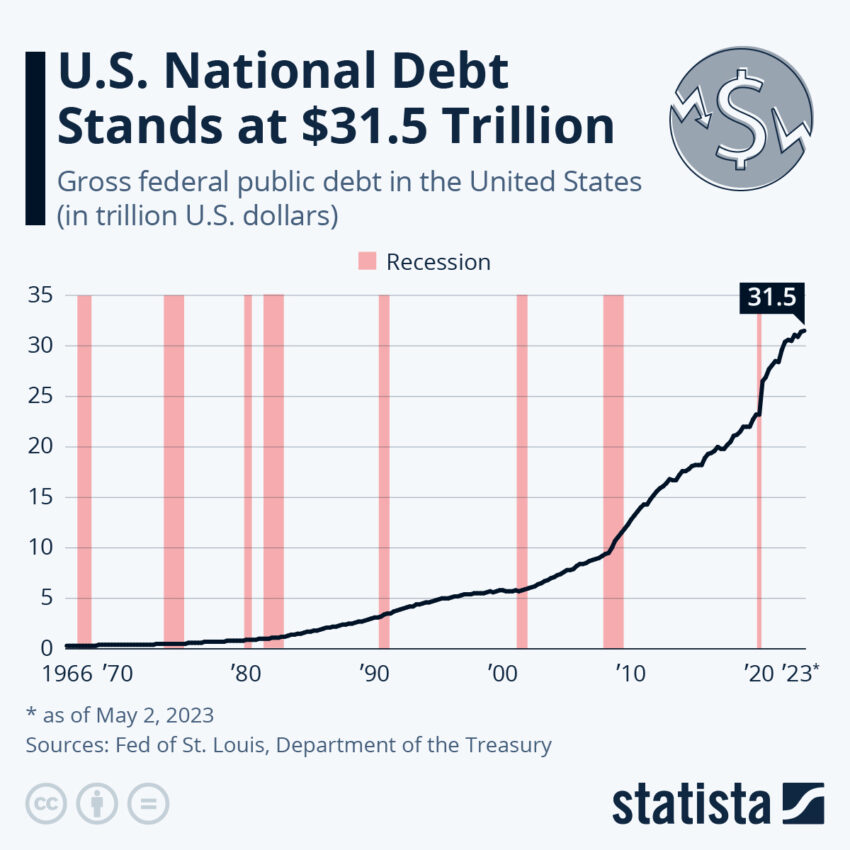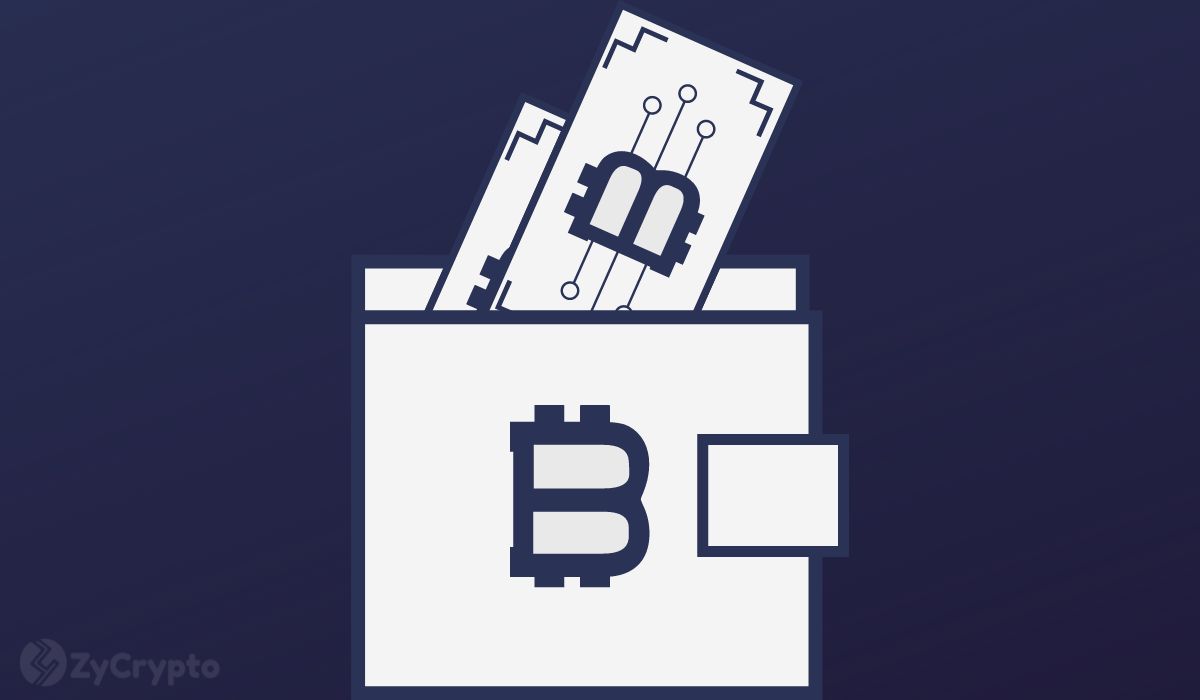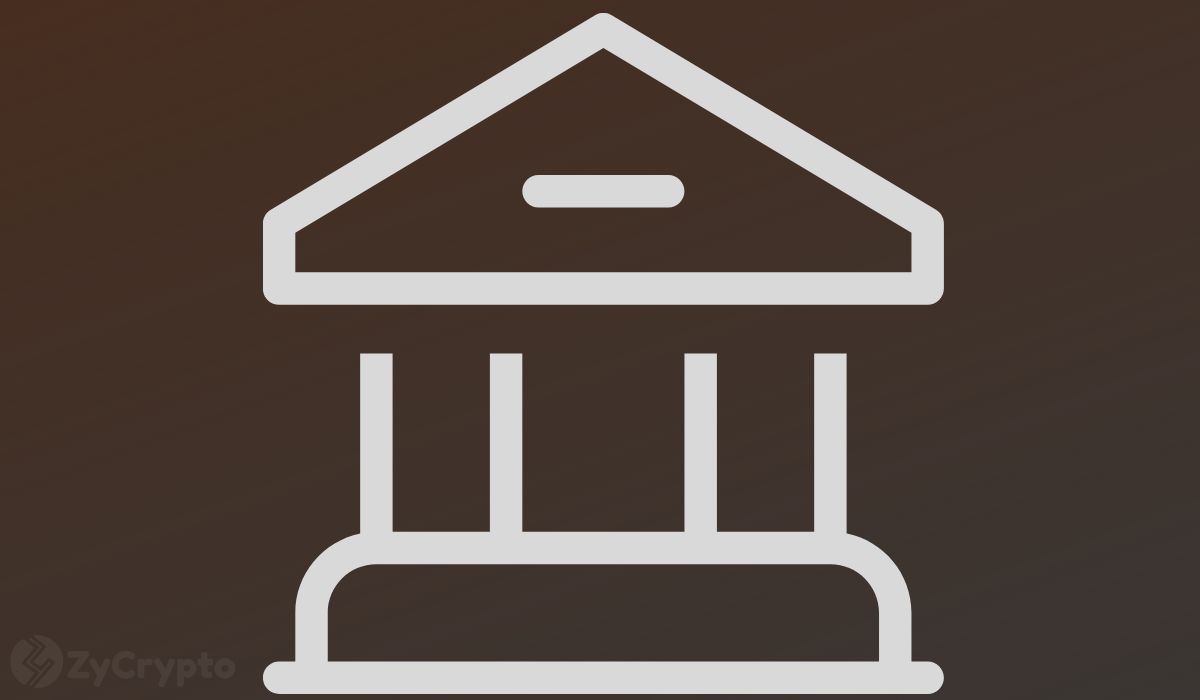
2023-7-26 22:38 |
Last month marked the first time since March 2022 that the Federal Reserve did not hike interest rates, Jerome Powell instead electing to pause and see how things shake out.
While Wednesday’s meeting is expected to see hiking resumed with a 25 bps increase forecasted with near certainty across the market (the odds implied by Fed futures convey a 99% chance to be exact), there is growing optimism that the light at the end of the tunnel is approaching.
With the economy still humming along, stubbornly avoiding the recession which has been seemingly imminent for eighteen months, and inflation falling all the way down to 3%, many are declaring that the tough times are over and the coveted “soft landing” may be achieved after all.
With this, the rally in crypto is bound to continue, they argue, with the great macro obstacle finally cast aside. But there are a few points which should spell caution amid the current environment, which we will outline here.
Is the inflation battle over?With the CPI number cascading all the way down to 3%, we are currently in a position whereby, somewhat incredibly, the headline rate of inflation in the US is lower than that of Japan.
Despite this plummet in the CPI, things may not be quite as rosy as they seem. The core number, which strips out volatile items such as food and energy and is typically used as more of a gauge by the Federal Reserve, has been far stickier. The below chart demonstrates this, showing that while the headline number has fallen 690 bps from 9.9% to 3% in the last year, the core number has come down only 110 bps in the same timeframe, still sitting at a stout 4.8%.
Secondly, the decline in inflation conveys a dramatic drop in part because the metric is captured on a twelve month basis. Inflation was always going to fall this month – and will continue to do so in the next couple of months – because last summer saw red hot CPI readings land, which are now dropping out of the index when this YoY number of 3% is quoted.
Thus, caution should be taken. Inflation is most definitely coming down, and far quicker than almost anyone would have predicted six or nine months ago, but it may not be coming down quite as swiftly as the headline number would have you believe.
The fact it was predictable that inflation would fall dramatically for this month can be demonstrated by backing out the implied odds for the fed funds rate from the futures market, and comparing these odds to what the market conveyed prior to the inflation reading of 3%. In fact, the market is currently expecting higher rates than it was a month ago.
Fed chair Jerome Powell has said as much. In last month’s meeting, he asserted to the market that “nearly all’’ policymakers at the Fed ”expect that it will be appropriate to raise interest rates somewhat further by the end of the year.’
Of primary “concern” is the buoyant labour market, which remains extremely tight. Wages continue to rise, and unemployment is at 3.6%, treading around the lowest levels since the 1960s.
While this is all good news, it also offers a cautionary tale. It would be remarkable to escape the inflationary crisis of the last eighteen months, and the relentless rate hikes, without at least a little give in the labour market. Powell said this himself last month, noting that “labour demand still substantially exceeds the supply of available workers”.
The 1970s may be playing on the administration’s mind. While the current climate is unique in many ways, the closest comparison we have may be the 1970s, when the world last experienced an inflationary outbreak of this scale. During that decade, inflation was thought to be slayed three times, only for it to spike back up more aggressively than before. Interest rates had to be hiked to a suffocating 20% as inflation became embedded in the economy.
Again, this is not to say the 70s situation will repeat, but it does demonstrate what the dangers could be, were the Fed to take its foot off the brake too early – something Powell has sworn all along that he will refuse to let happen.
Yields and cryptoAnother warning surrounding the current state of the market is the oft-referenced yield curve. One of the go-to recession indicators, its accuracy over the years has been notable, even if debate arises around its usefulness, given the varying time periods between when the curve first inverts and when a recession occurs.
There have been times when the curve has inverted briefly and a recession has not occurred. Most recently, this occurred when a very swift inversion occurred in August 2019. Prior to that, the curve also inverted briefly when Russia defualted in 1998, but again a recession never came (the Fed quickly cut rates).
However, in the last forty years, whenever the curve has inverted for a period of longer than six months, a recession has followed every single time. The time between the inversion and the recession arriving varied between 12 and 18 months. Today, the yield curve enters its thirteenth month of inversion. Additionally, the level of inversion is the deepest since 1981.
With regard to what all these caveats mean for crypto, it is certainly a warning in the face of the increasing sentiment that the market has experienced.
On the flip side, there are also counterpoints which may point towards the rally continuing. As counter-intutitive as it sounds, risk assets don’t always fall during recessions (we have no history of crypto during recessions, given Bitcoin was only launched in the aftermath of the GFC). Oftentimes, rather than falling during the recession, they fall before it.
Take 1989, when the yield curve inverted in January, before a recession hit eighteen months later. Stocks increased 27% in 1989, fell 6% in 1990, and jumped 26% in 1991 (the recession officially ended in June 1991).
As always, past performance is not indicative of the future. That is especially true in the case of crypto, which has not yet even experienced a recession, and only discovered the concept of tight monetary policy for the first time in its brief existence last year.
Regardless, with the asset class trading so far out on the risk spectrum, the macro environment remains key. A glance at how Bitcoin has traded in relation to yields below demonstrates this (plotting Bitcoin against the two-year yield on an inverted axis).
The climate is undoubtedly brighter today than it was earlier this year. However, as terms such as “meme coin” begin to re-enter circulation again, it is important to be vigilant and realise that uncertainty is still extreme here, and be wary of the market getting ahead of itself.
No matter what way you swing it, the most important lever in the economy, i.e. the interest rate, is above 5%, despite spending the last decade near zero. Monetary policy notoriously acts with a lag, and with core inflation still high, wage pressure heavy and a deeply inverted yield curve, the corner may not be turned quite yet. Time will tell, but caution could be the name of the game.
The post Beware the monetary policy lag, as crypto market hums amid optimism over rate hikes ceasing appeared first on Invezz.
origin »Market.space (MASP) на Currencies.ru
|
|










